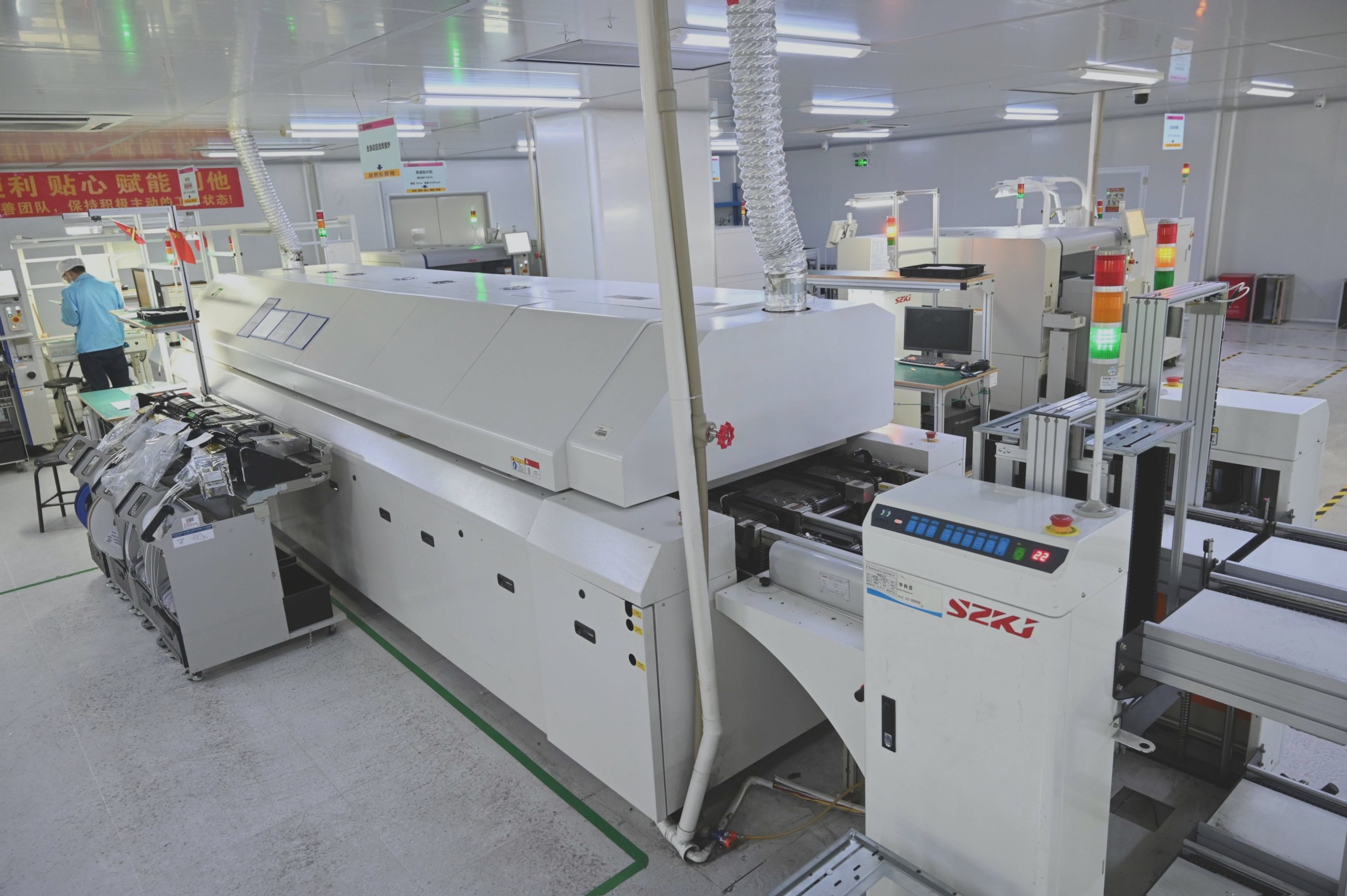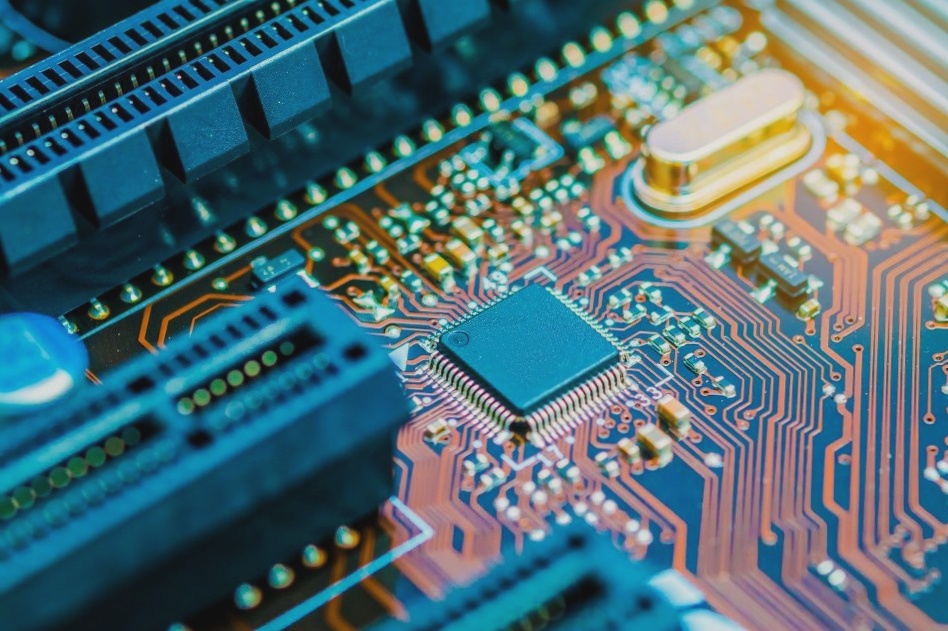High-Speed PCB Design and Return Path Analysis
Understanding the Importance of Signal Integrity
High-speed design is crucial for PCB board designers, with a focus on signal integrity and return path considerations. Poor return paths can lead to noise coupling issues, affecting signal quality. To address this, engineers must pay attention to factors such as ground vias, ground plane continuity, decoupling capacitors, and proper net usage.
Utilizing ReturnPath Analysis in PCB Design
As PCB designs become more intricate, identifying return path problems becomes challenging. The ReturnPath analysis feature in tools like Allegro can help analyze high-speed signal return paths during the design phase, ensuring layout quality and minimizing signal instability post-production.
Exploring Return Path Concepts
Return path analysis is essential for ensuring signal circuit functionality. In modern designs, high-speed signals require careful consideration of return paths to prevent signal distortion and noise interference. By analyzing return paths, designers can optimize signal integrity and overall performance.
- Return Path Definition: Understanding the significance of return paths in signal circuits.
- Importance of Return Path Analysis: Highlighting the critical role of analyzing return paths in PCB design.
- Example of ReturnPath Analysis: Demonstrating how analyzing return paths can enhance design accuracy.
- Interpreting Analysis Results: Making informed decisions based on return path analysis outcomes.
Why Return Path Matters
Return path analysis is essential for high-speed signal integrity. As frequencies increase, considering the return path becomes more critical to prevent signal detours and ensure optimal performance. By addressing return path challenges early in the design process, engineers can achieve successful PCB layouts.
When to Use ReturnPath Analysis
ReturnPath analysis is necessary for complex PCB designs involving high-frequency signals. By evaluating return paths, designers can mitigate signal distortions, enhance circuit performance, and achieve design success.

Return Path Analysis in PCB Design
When designing a PCB, it is crucial to pay attention to the return paths of high-speed signals. Even a small mistake can significantly impact circuit functionality. While standard PCB design tools typically focus on basic connectivity and safety checks, analyzing the return path, especially for high-speed signals, requires expertise and careful consideration.
One essential aspect of ensuring a proper return path is to follow the adjacent layers of high-speed signal traces. This helps control layout quality and maintain signal integrity. Additionally, adding stitching vias next to signal traces can further enhance signal performance. For differential signals, multiple stitching vias may be necessary to optimize the return path.
Introducing stitching capacitors in areas where signal paths cannot directly cross can also improve the return path quality, albeit at an increased cost. Utilizing an intuitive analysis tool can simplify the process by evaluating the geometric structure of signals and calculating the Return Path Quality Factor (RPQF) without the need for complex models.
The RPQF value indicates how effectively a signal’s wiring aligns with its return path. A value closer to 1 signifies a better alignment, while higher values suggest a more convoluted path. By analyzing RPQF values for different signals, designers can quickly identify and rectify potential issues in the layout.
Allegro now integrates Sigrity’s simulation analysis technology, enabling In-Design Analysis (IDA) within the PCB design workflow. This feature empowers PCB engineers to detect and address return path discontinuities in real-time, enhancing design efficiency and reducing failure risks. The Return Path check in PCB design can be seamlessly conducted without the need for complex models, streamlining the design validation process.
Key Points:
- Follow adjacent layers for high-speed signal traces
- Use stitching vias to optimize return paths
- Consider stitching capacitors for non-crossable areas
- Utilize RPQF analysis for signal alignment assessment
- Implement In-Design Analysis for real-time issue detection




 العربية
العربية 简体中文
简体中文 Nederlands
Nederlands English
English Français
Français Deutsch
Deutsch Italiano
Italiano 日本語
日本語 한국어
한국어 Português
Português Русский
Русский Español
Español ไทย
ไทย